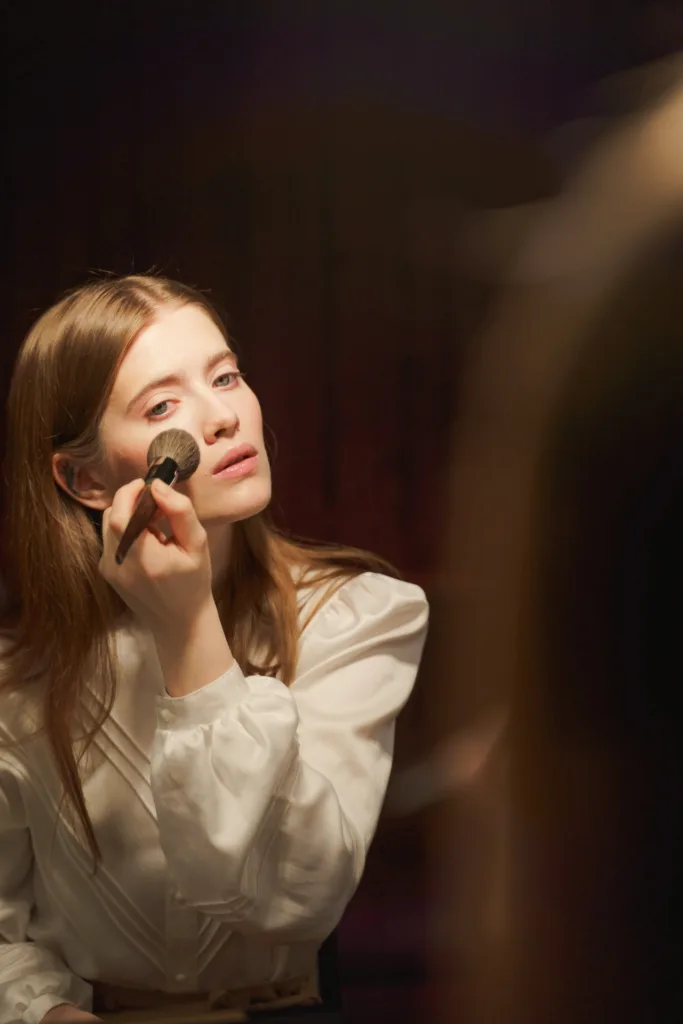Mineral makeup has been making waves in the beauty industry as an eco-friendly, natural alternative to traditional makeup. Made from finely-ground minerals, botanical extracts, and nourishing oils, mineral makeup promises to enhance your skin’s natural beauty while being gentle on your skin. However, as with many beauty products, the answer is not clean-cut. In today’s article, we’re exploring the benefits and potential dangers of mineral makeup, so that you can ultimately make the right choices for your skin.
Mineral makeup is formulated with natural ingredients such as mica, titanium dioxide, and zinc oxide. They are free from synthetic elements as mineral makeup is usually mined from the ground. It tends to have a weightless texture that feels like a second skin. It can be challenging to apply though, especially if you are not used to working with loose powders. The right brush and technique can help you get there quicker and that usually means experimenting and taking your time with it. Its buildable coverage means you can go for a sheer, natural finish or build it up to achieve a more airbrushed look
Zinc oxide and titanium dioxide are natural sun protectants which is why mineral makeup is touted as a broad-spectrum protection against harmful UVA/UVB rays. However, it’s hard to determine the ratio of zinc oxide and titanium dioxide in a specific batch. Relying on your makeup to provide you with sufficient sun protection is not considered a good idea.
Perhaps the most concerning factor behind mineral makeup is its asbestos content. You heard that right. Asbestos. Mineral makeup contains mica, a naturally occurring shimmery element, but ‘natural’ does not always mean safe. Asbestos is a known carcinogen that can cause lung cancer and mesothelioma if inhaled.
The problem is that there is currently no way to tell if mica is contaminated with asbestos just by looking at it. In fact, a study by the Environmental Working Group found that 4 out of 10 beauty products containing talc, which often includes mica as a key ingredient, tested positive for asbestos.
So before reaching out for mineral makeup because it’s “natural”, it is worth double-checking that it is asbestos free by enquiring with the brand what measures they’ve put in place to ensure this.
